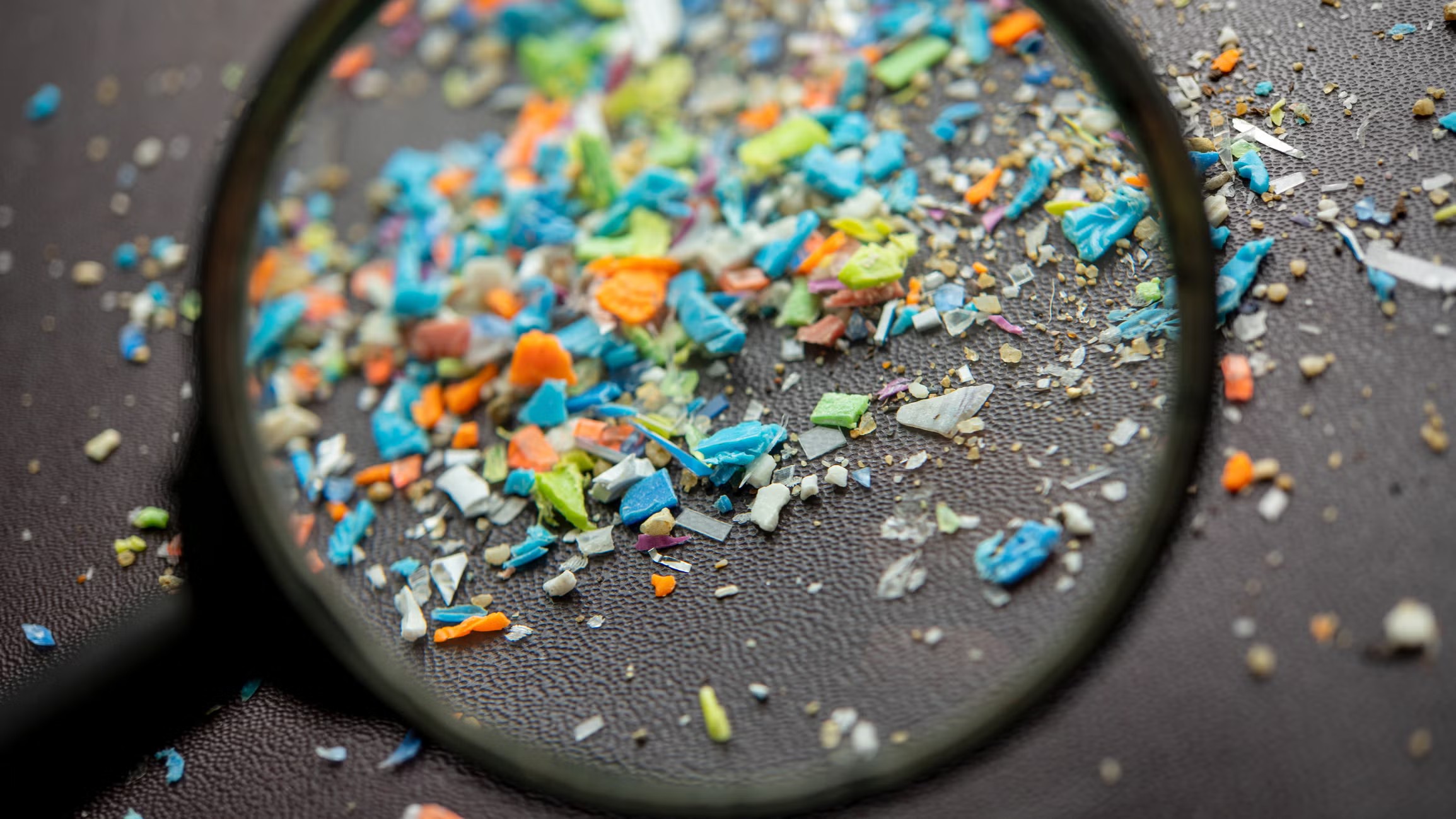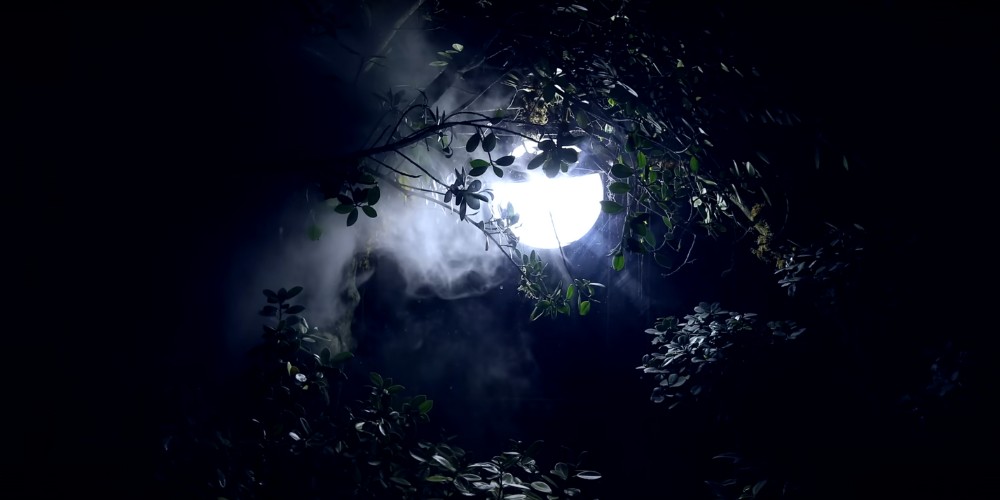- These are tiny plastic particles less than five millimeters in size, often invisible to the naked eye, but their danger is anything but small.
A threat we cannot see: microplastics, tiny but dangerous are infiltrating Kenya’s ecosystems and food chains, often without us realizing it.
These are tiny plastic particles less than five millimeters in size, often invisible to the naked eye, but their danger is anything but small.
They come from a variety of sources degraded plastic waste, synthetic clothing fibers, personal care products like scrubs and toothpaste, and industrial processes.
Once released, they infiltrate freshwater systems, soils, and marine habitats. In Kenya, while plastic bags were banned in 2017 and single-use plastics outlawed in protected areas by 2020, microplastic pollution has largely remained unregulated, quietly seeping into the environment and posing a long-term health and ecological threat.
A 2021 study published in the African Journal of Marine Science investigated sediment samples from Tudor, Port Reitz, and Mida Creeks along Kenya’s coast.
Read More
Researchers from the University of Nairobi and the Kenya Marine and Fisheries Research Institute (KMFRI) found microplastics at concentrations up to 9.1 particles per cm², with seasonal spikes linked to rain-driven runoff.
The marine food web is also at risk. A 2022 thesis by Joyce Ombongi from the University of Nairobi showed microplastics in fish sampled along the coast: both water-dwelling and bottom-feeding species were affected .
Additionally, tilapia from Lake Victoria were found to contain microplastics in their guts and muscle tissue 48% of muscle samples, and 100% of gut samples, according to a 2021 University of Nottingham study.
Despite these alarming findings, Kenya currently lacks regulations targeting microplastics. National Environment Management Authority (NEMA) focuses mainly on visible waste bags, bottles, and straws leaving microplastic contamination unaddressed.
If action is not taken, microplastics will continue to enter Kenya’s waterways through untreated wastewater, storm runoff, and illegal, careless dumping.
To tackle this growing issue, environmental advocates are calling for targeted legislation. They propose banning microbeads in cosmetics, investing in more effective wastewater treatment systems, and launching public campaigns to raise awareness of microplastic risks.
The reality is harsh. Microplastics have moved beyond a swirl of plastic dust in the sea; they now touch human health, soil, and the food we eat instead of a distant ocean problem, a ticking time bomb embedded in everyday life.
Though the specks vanish from sight, scientific studies confirm their presence in Kenya’s waters, sediments, and fish. Without action, what we can’t see today may become our health crisis tomorrow.






